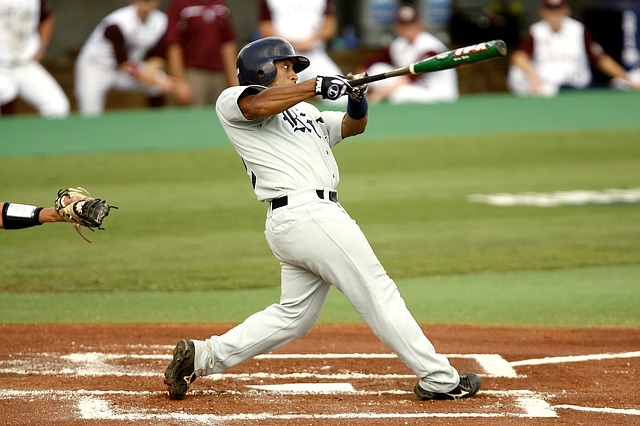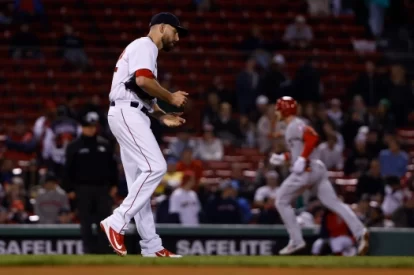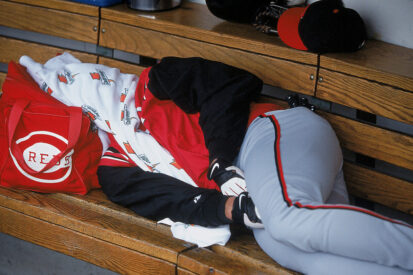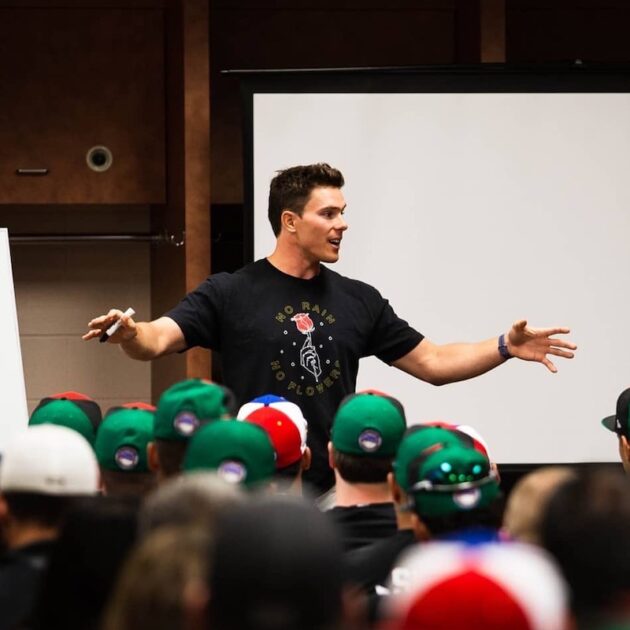“You want to grind out the at-bat and try to make something happen,” Cabrera said of his two-strike approach. “You want to keep fighting, keep fighting and wait for a mistake.”
With the game constantly evolving, it is crucial to evolve as well or you will be left behind. We all want to become better ballplayers and to do so we must learn how to adapt to what is working in today’s game. Our two strike approach is no exception.
For the longest time, coaches always preached to “choke up and get on the dish!” Don’t get me wrong, this was a fantastic approach and I used this for the majority of my career, but that is just one approach. Every hitter is different and what works for one may not work for another.
In college was when I started to expand my thinking of my two strike approach. I have tried many different techniques, mentally and physically. Most approaches work, but there needs to be a certain level of commitment to execute it properly. Of all the techniques, I will go over a few that can be beneficial for most hitters.
Before I go over the techniques, it is important to know what type of hitter you are. If you are a contact hitter, you are a player that puts the ball in play, but not so much out of the ballpark. If you are a power hitter, you are a player that hits home runs, but may struggle to make contact in other at-bats. If you are a combined contact and power hitter, you are a rare gem that every team would be lucky to have. Based on this, you can come up with a two strike approach that works for you.
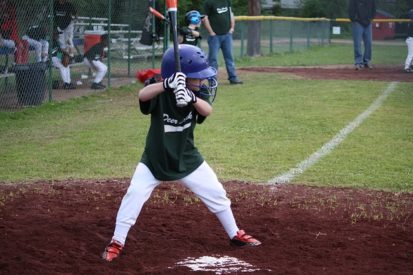
- Sit Fastball Away
For contact hitters, power hitters, & combined hitters, sitting fastball away will allow you to track the ball a little further. It forces you to wait a little longer to make great contact on a fastball away versus being a bit quicker like you would on a fastball inside. This split second of waiting for the fastball away helps you to adjust to off speed much easier. Because you know you have to wait a little longer, waiting for the off speed is not as difficult. The one pitch you must give up is the fastball inside. That is completely fine because it is nearly impossible to cover ever single part of the plate and every single pitch. Only a hand full of ballplayers have been able to do so yet they still had zones they were weaker in. Sitting fastball away gives you the best chance at succeeding with two strikes.
- Contact Hitters- Choke Up
Coaches that preach to “choke up and get on the dish” are gearing this toward contact hitters. They just want you to put the ball in play to make something happen. Putting the ball in play gives you a chance to get on base for the next hitter. It keeps your swing shorter to the ball to ensure a better chance of making contact and choking up gives you much better barrel control. If you have ever played pepper, you know exactly what barrel control feels like. The final reason for this is since contact hitters do not hit the ball out of the park very often, it would make sense to put pressure on the defense. Striking out will not do you or your team any good.
- Power Hitters/Combined Hitters – Keep your same approach as less than two strikes
Both power hitters and combined hitters should keep the same approach as you would on every count. You have the ability to drive the ball out of the park so you should take advantage of the three strikes you are given every single at-bat. I am not saying that you should be thinking home run, but you should be thinking “drive the baseball.” If by chance you connect perfectly, the ball will go out of the park.
The only time I would say to cut down your swing and take a contact approach would be in an important situation. Since power hitters have the tendency to strike out more often, you would not be doing your team a service by strike out in crucial situations that impact the outcome of the game. For example, if there was a runner on 3rd base with less than two outs and the game is tied, take the lead by getting the job done. If the infield is in during that situation, you have the power to drive it to the outfield by taking your contact approach. If the middle infield is back, you can use your contact approach to hit the ball on the ground to the second baseman or short stop to get score the run and take an extra RBI.
It is important to know what type of hitter you are so that you can maximize your entire at-bat especially when you get to two strikes. It would benefit your statistics individually as well as help the team in those situations. We are never giving our at-bats away to the pitcher and the opposing team, so building your two strike approach is essential. We must keep fighting to succeed in every two strike situation we face.

